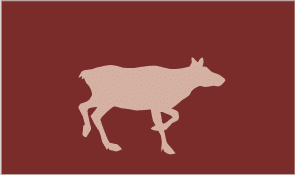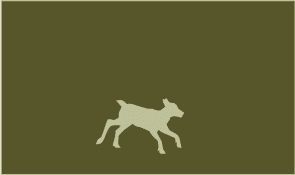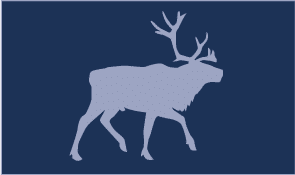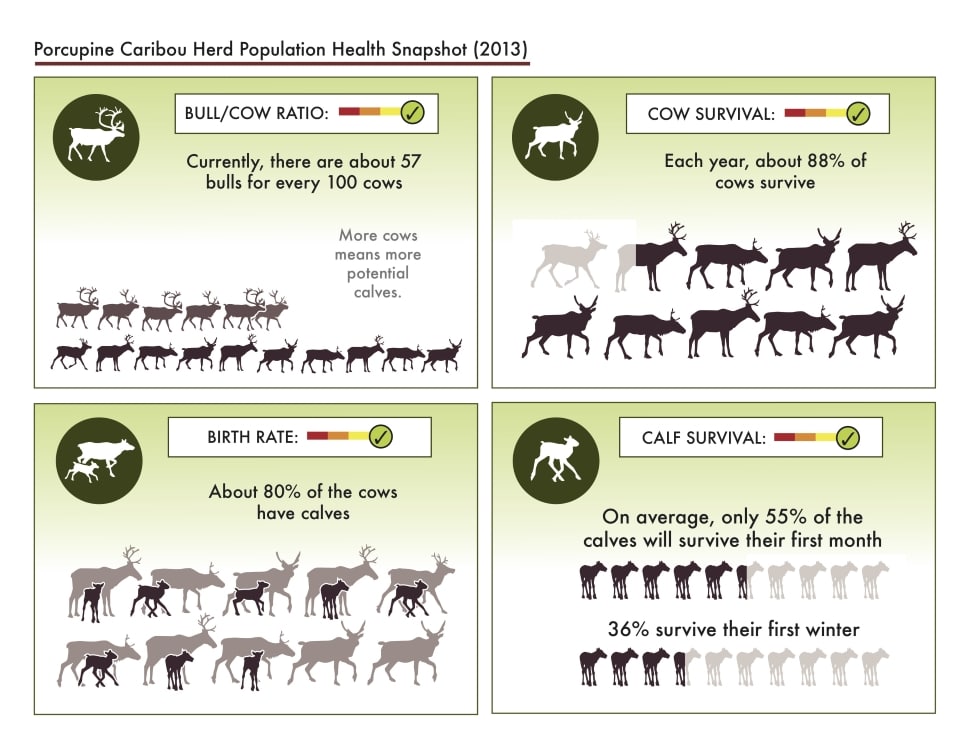While it is important to know the overall number of animals in a population, there are other factors that can be monitored that help us understand how the herd is changing. This information helps to support management decisions. The composition or categories of caribou that make up the herd and how these numbers relate to one another is an important part of the puzzle.
Each year, biologists monitor the Porcupine Caribou herd by flying aerial surveys at key times of the year to see what is happening with the following categories of Porcupine Caribou:




